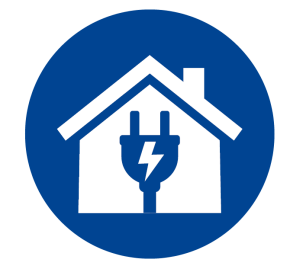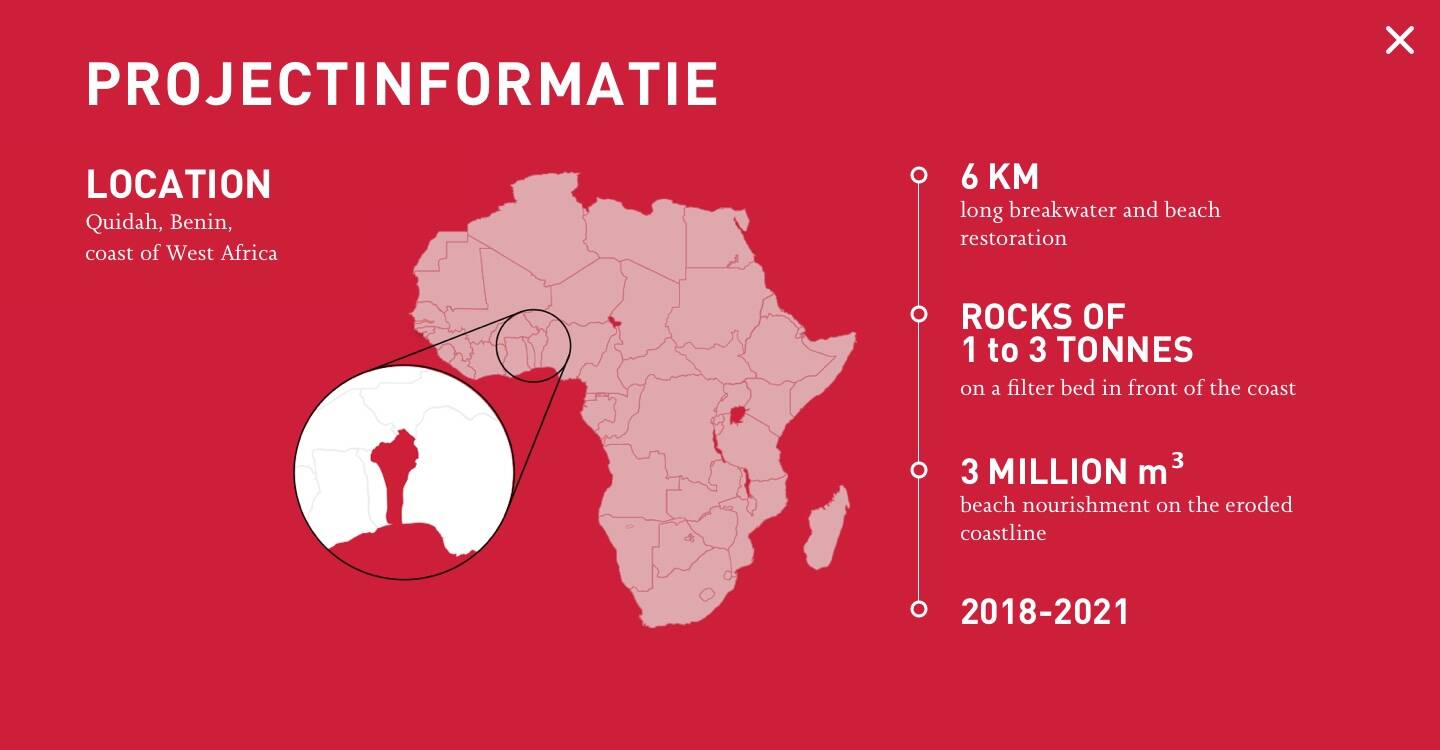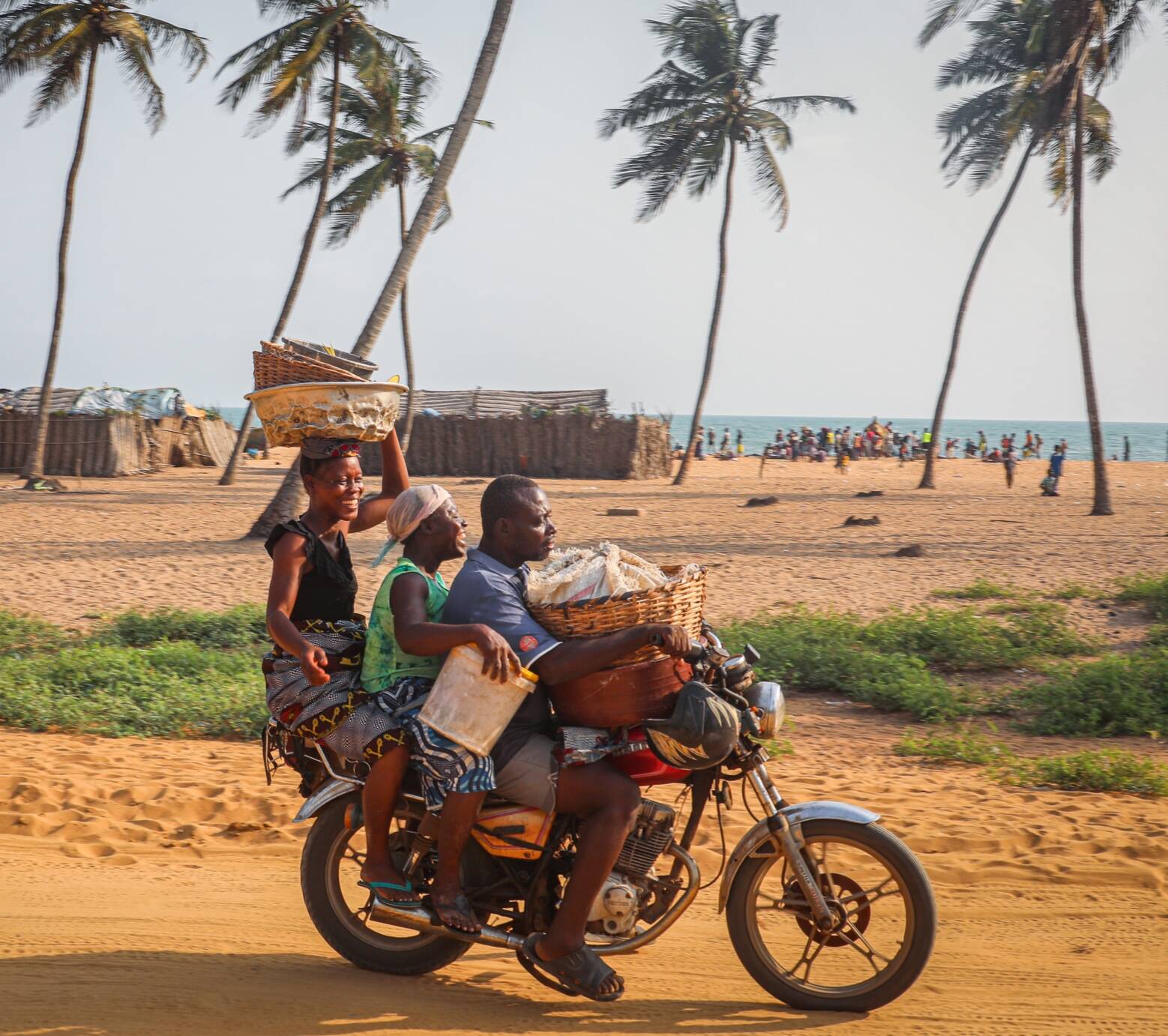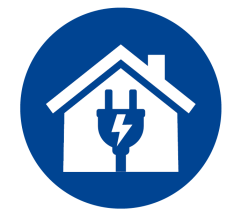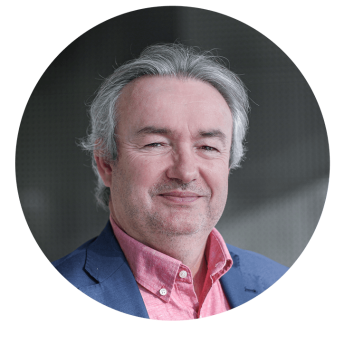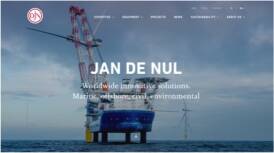Climate-neutral Europe
More electricity from new-generation offshore wind projects
Jan Grommen - Business Development Manager
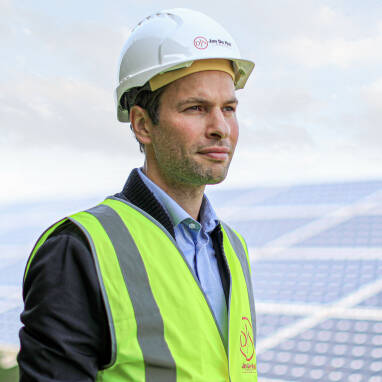
Discover how Jan De Nul contributes to Europe’s climate goals.
Renewable energy sources will have to provide the majority of electricity production. Today, our European offshore wind farms have a capacity of 26 GW, providing enough electricity for 26 million households. Europe's ambition is to boost this to at least 230 GW by 2050. The trend towards larger wind turbines to meet the increasing demand for green energy is more than present, within but certainly also outside Europe. Wind turbines will have enormous dimensions and installation heights, and will have increasingly larger foundations. Today, it is harder and harder for the vessels to install them. Boundaries will definitely have to be pushed back.

Check our website to discover
our offshore projects.

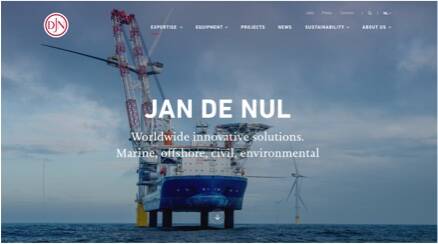


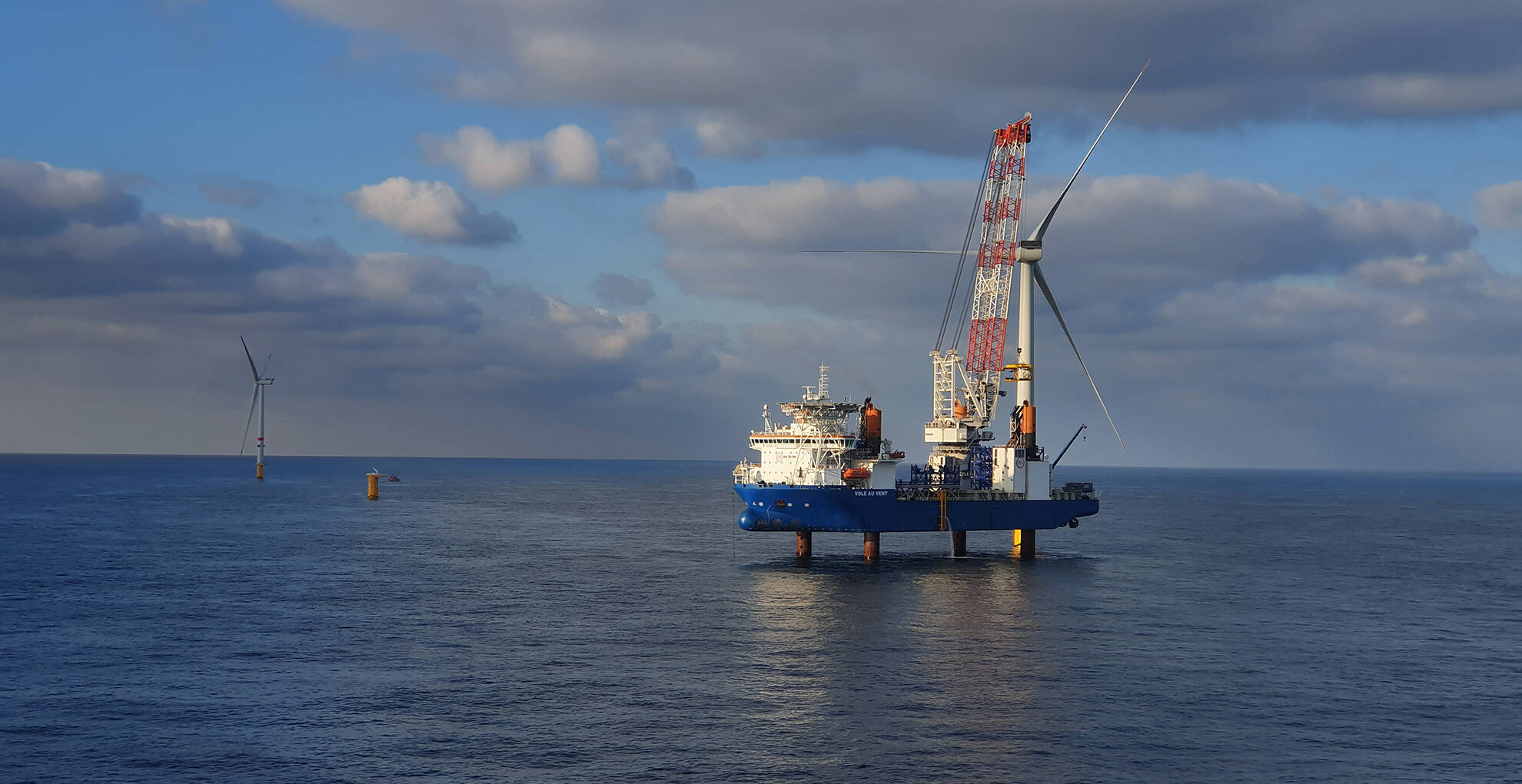
Europe is ambitious. With the Fitfor55 programme, the continent aims to be climate-neutral by 2050. In other words, from 2050 onwards, the amount of greenhouse gases released into the atmosphere may not exceed the amount that nature or technology can remove. To make this happen, Europe is focusing on six categories: mobility, housing, production and industry, agriculture, energy and greenhouse gases.
Jan De Nul joins in, as a European company, as an energy consumer, and as an expert who helps to build green energy production. The global energy transition is proceeding at full speed, with Europe as one of the main drivers.

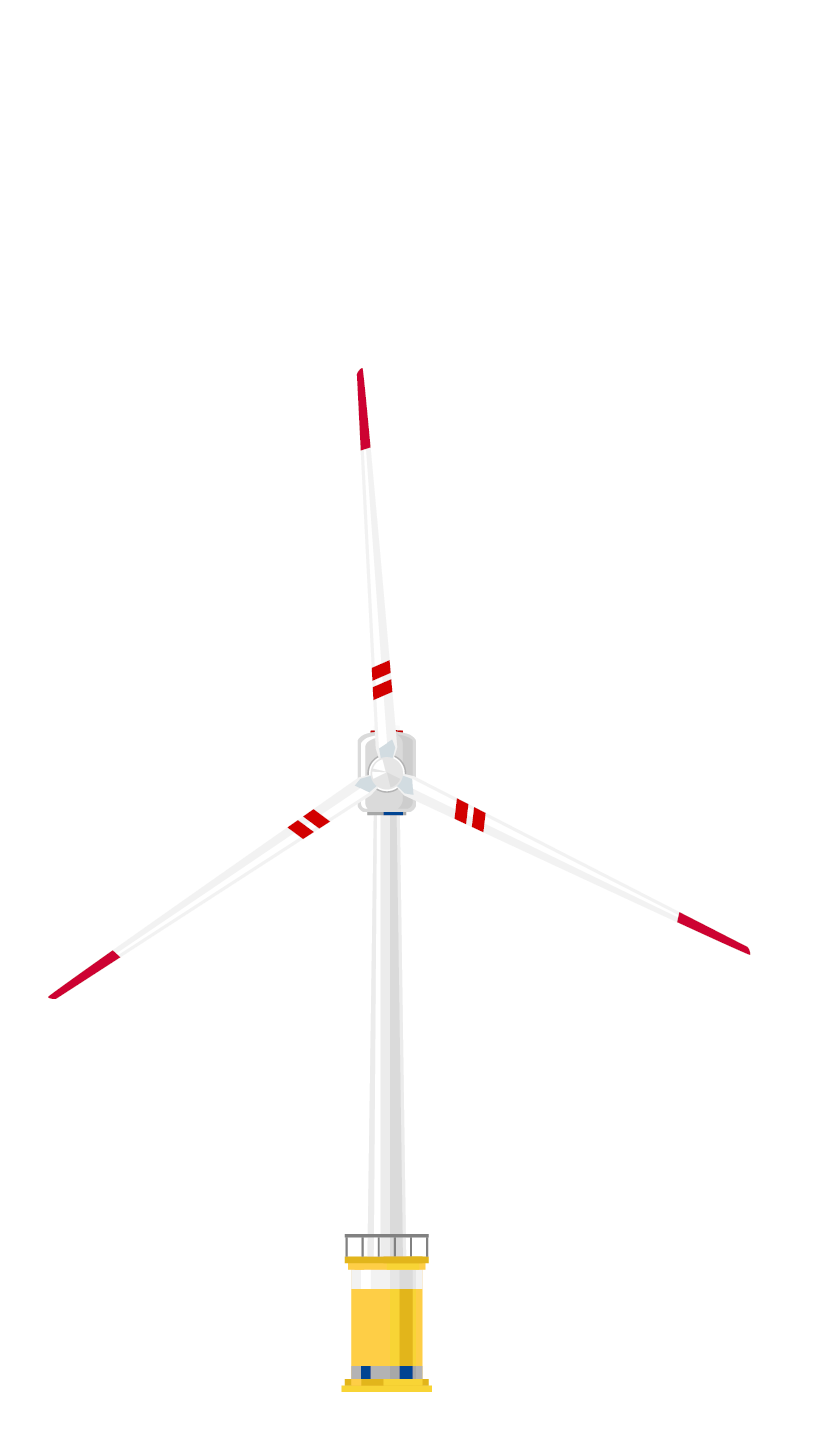
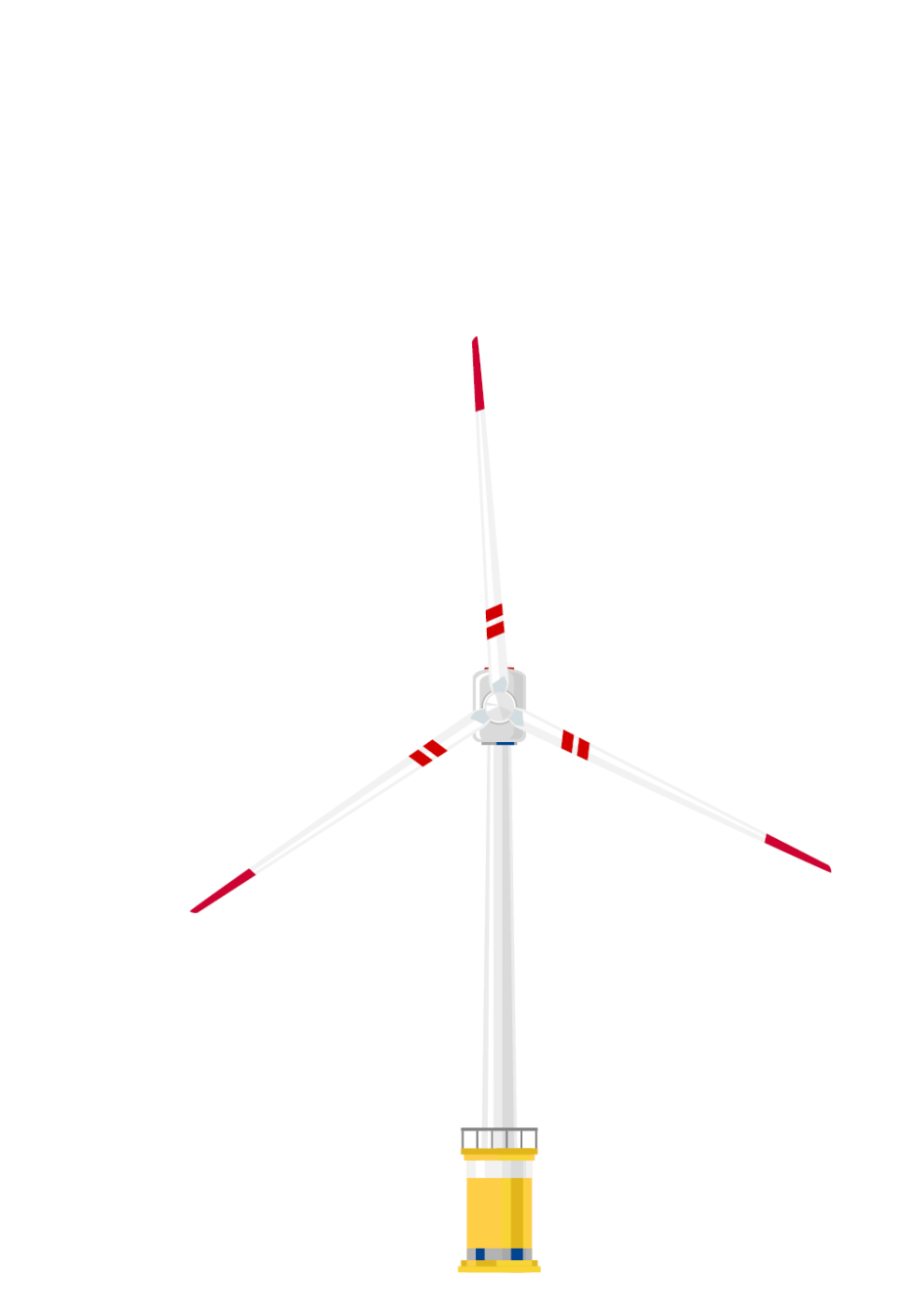
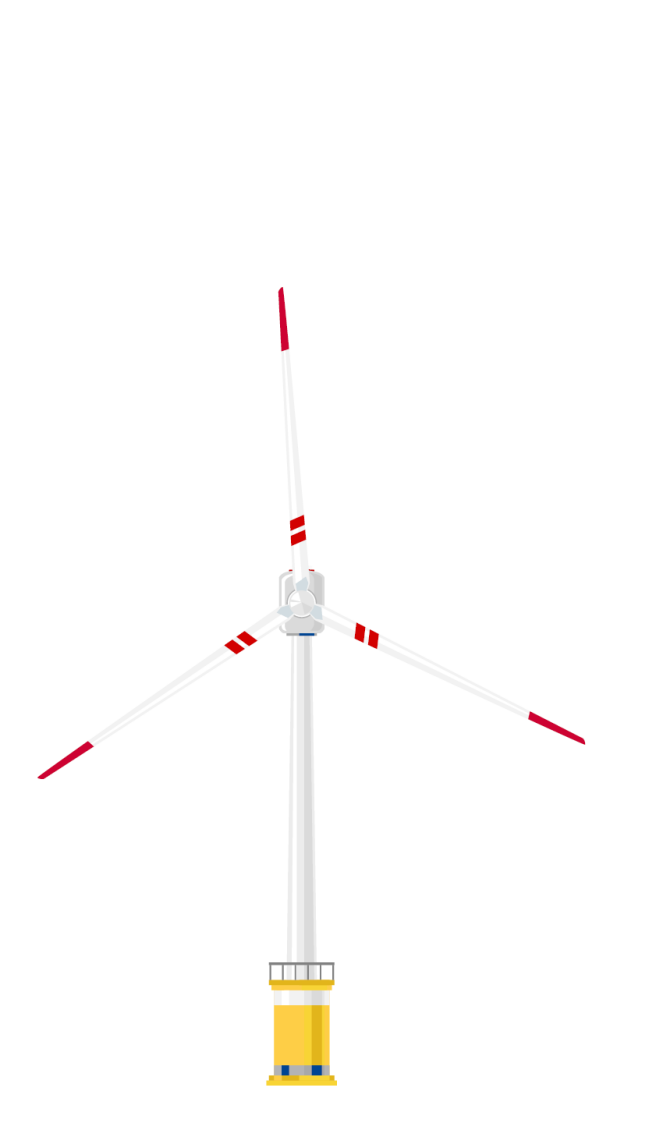


Future energy transition navigation
In addition to renewable fuels from some form of biomass or waste stream, energy transition for shipping will rely on electrochemical processes to store renewable energy on board. The best known and most hyped form is green hydrogen (electrolysis). But this hydrogen - in all its forms - can never be the only solution. Despite all efforts, the circular energy efficiency of hydrogen as an energy carrier remains below 30%, 70% of the useful energy is lost. Other electrochemical energy solutions with an energy efficiency of at least 80% should offer a way out, and will also be more cost-efficient than green hydrogen.

Decarbonising the company
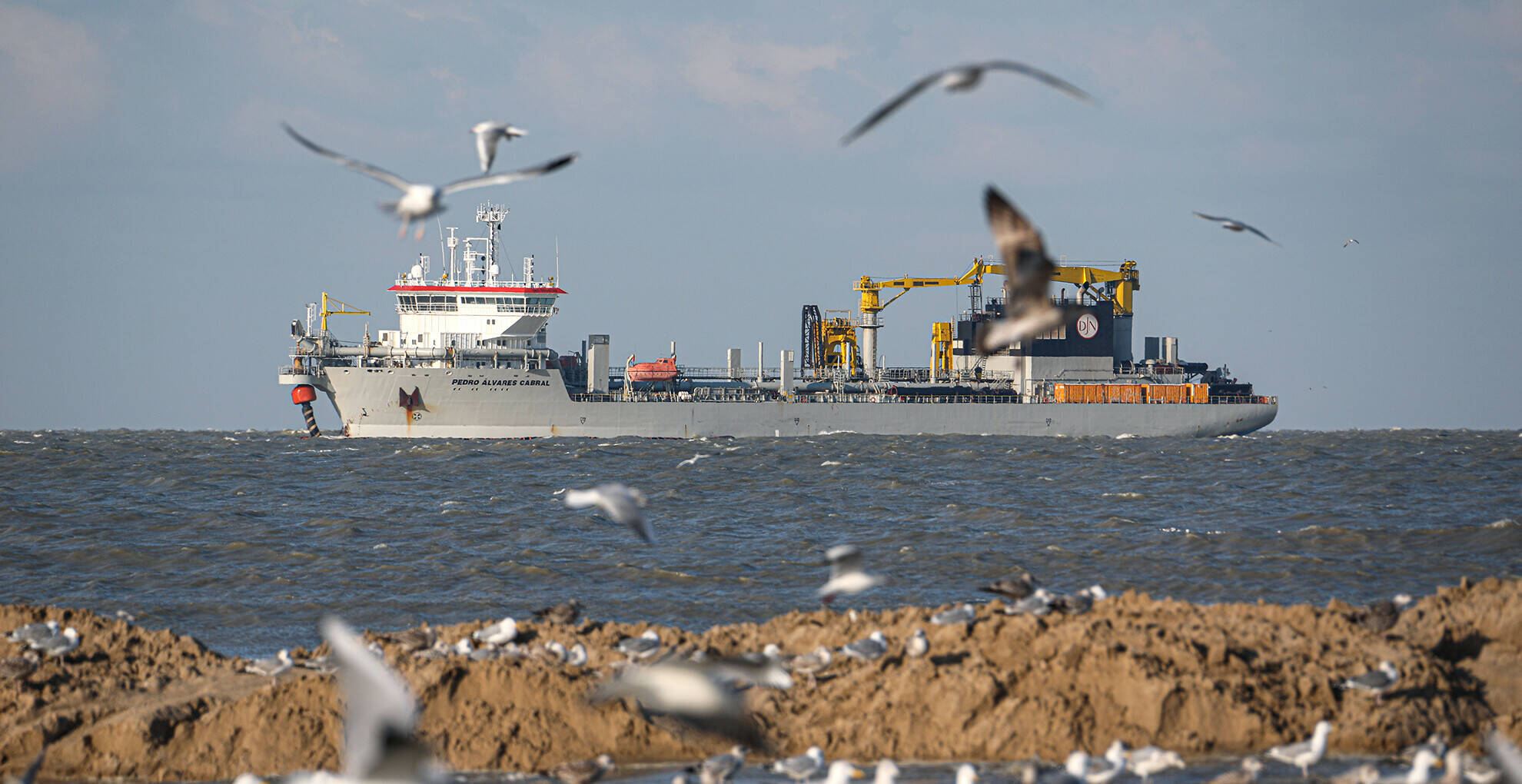
We designed our newbuild vessels Voltaire and Les Alizés as gasoil-powered vessels equipped with a highly advanced dual exhaust gas filtration system comprising a Selective Catalytic Reduction (SCR) and a Diesel Particulate Filter (DPF).
On top of that, Les Alizés will also be equipped with a battery that will recover energy during certain actions
Every day, about 90% of European city dwellers are exposed to air pollution. This is partly caused by construction activities at sea: they are usually located near coastlines, larger and smaller ports, and densely populated areas. For some years now, Jan De Nul has been using a ULEv filter system that treats exhaust gases and prevents the emission of nanoparticles. This filter technology complies with the stricter European EURO STAGE V directives regarding emissions on land and on waterways.
We continue to pursue the decarbonisation of our company. During the past few years, a number of dredgers have switched to operating on 2nd-generation biofuel. The use of biofuel on other vessels is being further explored. We are open to all other renewable primary energy sources, but for now, most are not financially competitive within the existing regulations. A level playing field between fossil energy and renewable energy will be the key to carbon-neutral operations.
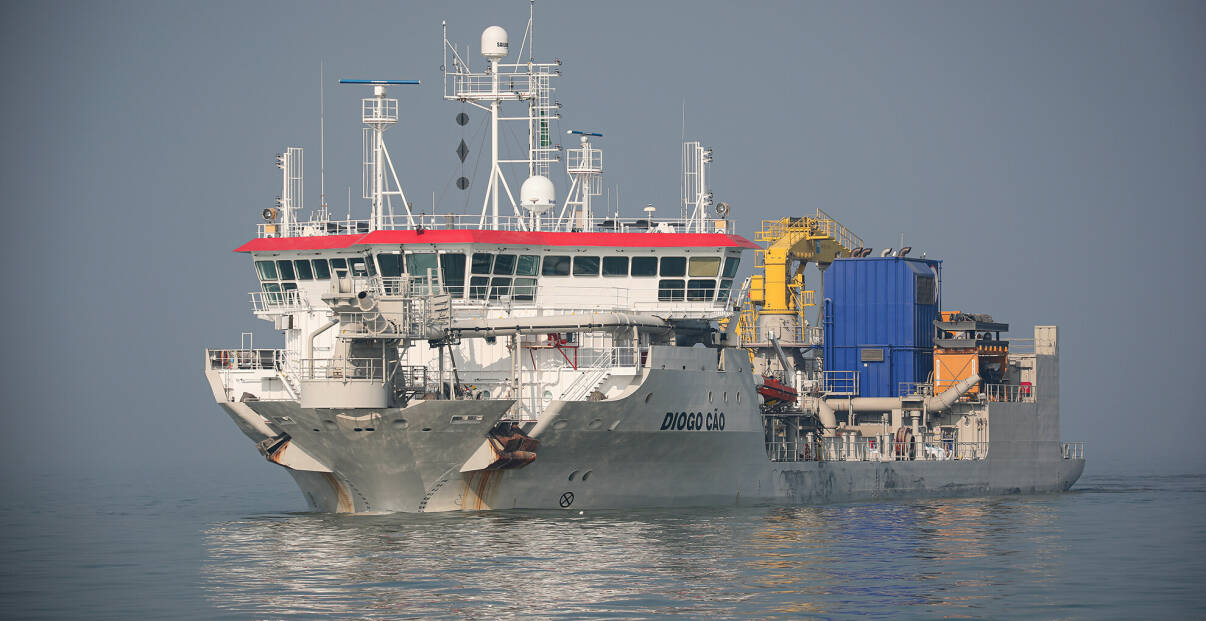

Pilot project on hydrogen production: Terranova Zelzate
Purified water, a green mountain, a large continuous solar panel park, no environmental pollution and no disturbance to local residents. Jan De Nul, together with its partners, put its teeth into what used to be a polluted and neglected gypsum mountain. This site has been completely redeveloped and equipped with one of the largest interconnected solar panel park in the Benelux. Good for a total of 55,500 solar panels with a total production of 15 MW. Soon the site will also be equipped with a wind turbine and this wind energy will be used, together with the energy of the solar panels, for the local production of green hydrogen.

Climate-neutral Europe
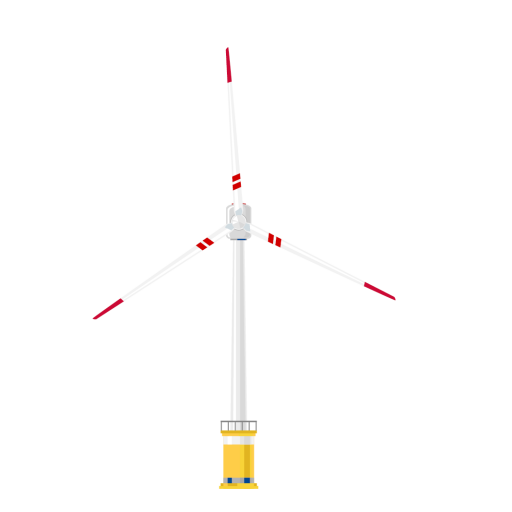
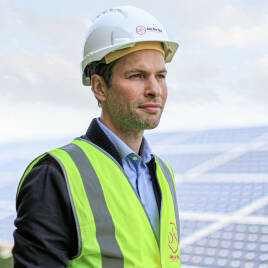

Renewable energy sources will have to provide the majority of electricity production. Today, our European offshore wind farms have a capacity of 26 GW, providing enough electricity for 26 million households. Europe's ambition is to boost this to at least 230 GW by 2050. The trend towards larger wind turbines to meet the increasing demand for green energy is more than present, within but certainly also outside Europe. Wind turbines will have enormous dimensions and installation heights, and will have increasingly larger foundations. Today, it is harder and harder for the vessels to install them. Boundaries will definitely have to be pushed back.
More electricity from new-generation offshore wind projects
Jan Grommen - Business Development Manager


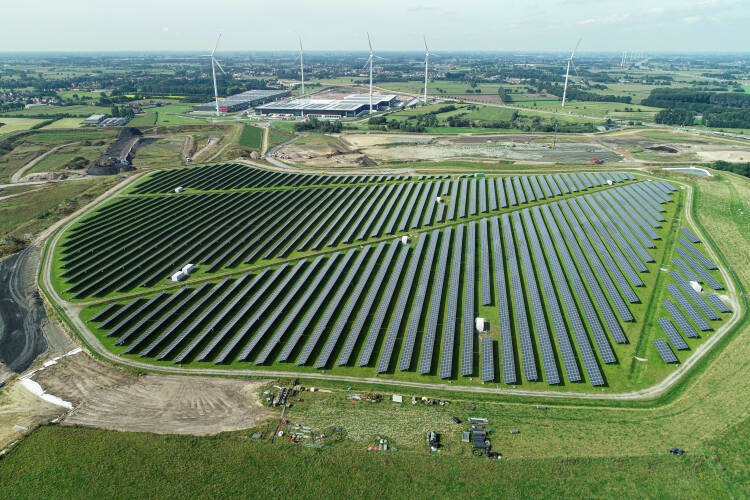

Europe is ambitious. With the Fitfor55 programme, the continent aims to be climate-neutral by 2050. In other words, from 2050 onwards, the amount of greenhouse gases released into the atmosphere may not exceed the amount that nature or technology can remove. To make this happen, Europe is focusing on six categories: mobility, housing, production and industry, agriculture, energy and greenhouse gases.
Jan De Nul joins in, as a European company, as an energy consumer, and as an expert who helps to build green energy production. The global energy transition is proceeding at full speed, with Europe as one of the main drivers.
Check our website to discover
our offshore projects.

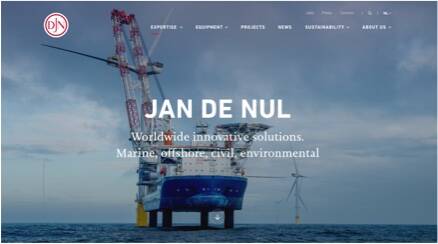


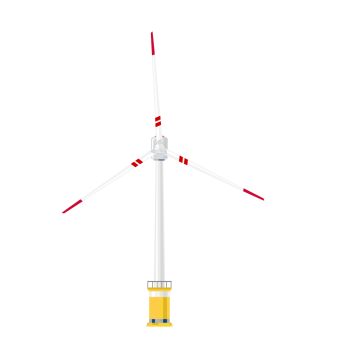
In addition to renewable fuels from some form of biomass or waste stream, energy transition for shipping will rely on electrochemical processes to store renewable energy on board. The best known and most hyped form is green hydrogen (electrolysis). But this hydrogen - in all its forms - can never be the only solution. Despite all efforts, the circular energy efficiency of hydrogen as an energy carrier remains below 30%, 70% of the useful energy is lost. Other electrochemical energy solutions with an energy efficiency of at least 80% should offer a way out, and will also be more cost-efficient than green hydrogen.
Future energy transition navigation

We designed our newbuild vessels Voltaire and Les Alizés as gasoil-powered vessels equipped with a highly advanced dual exhaust gas filtration system comprising a Selective Catalytic Reduction (SCR) and a Diesel Particulate Filter (DPF).
On top of that, Les Alizés will also be equipped with a battery that will recover energy during certain actions
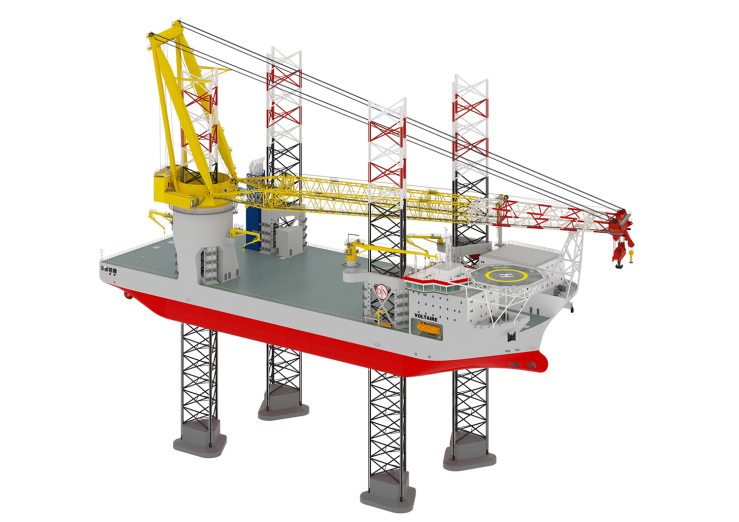
Every day, about 90% of European city dwellers are exposed to air pollution. This is partly caused by construction activities at sea: they are usually located near coastlines, larger and smaller ports, and densely populated areas. For some years now, Jan De Nul has been using a ULEv filter system that treats exhaust gases and prevents the emission of nanoparticles. This filter technology complies with the stricter European EURO STAGE V directives regarding emissions on land and on waterways.
We continue to pursue the decarbonisation of our company. During the past few years, a number of dredgers have switched to operating on 2nd-generation biofuel. The use of biofuel on other vessels is being further explored. We are open to all other renewable primary energy sources, but for now, most are not financially competitive within the existing regulations. A level playing field between fossil energy and renewable energy will be the key to carbon-neutral operations.
Decarbonising the company
Pilot project on hydrogen production: Terranova Zelzate
Purified water, a green mountain, a large continuous solar panel park, no environmental pollution and no disturbance to local residents. Jan De Nul, together with its partners, put its teeth into what used to be a polluted and neglected gypsum mountain. This site has been completely redeveloped and equipped with one of the largest interconnected solar panel park in the Benelux. Good for a total of 55,500 solar panels with a total production of 15 MW. Soon the site will also be equipped with a wind turbine and this wind energy will be used, together with the energy of the solar panels, for the local production of green hydrogen.
